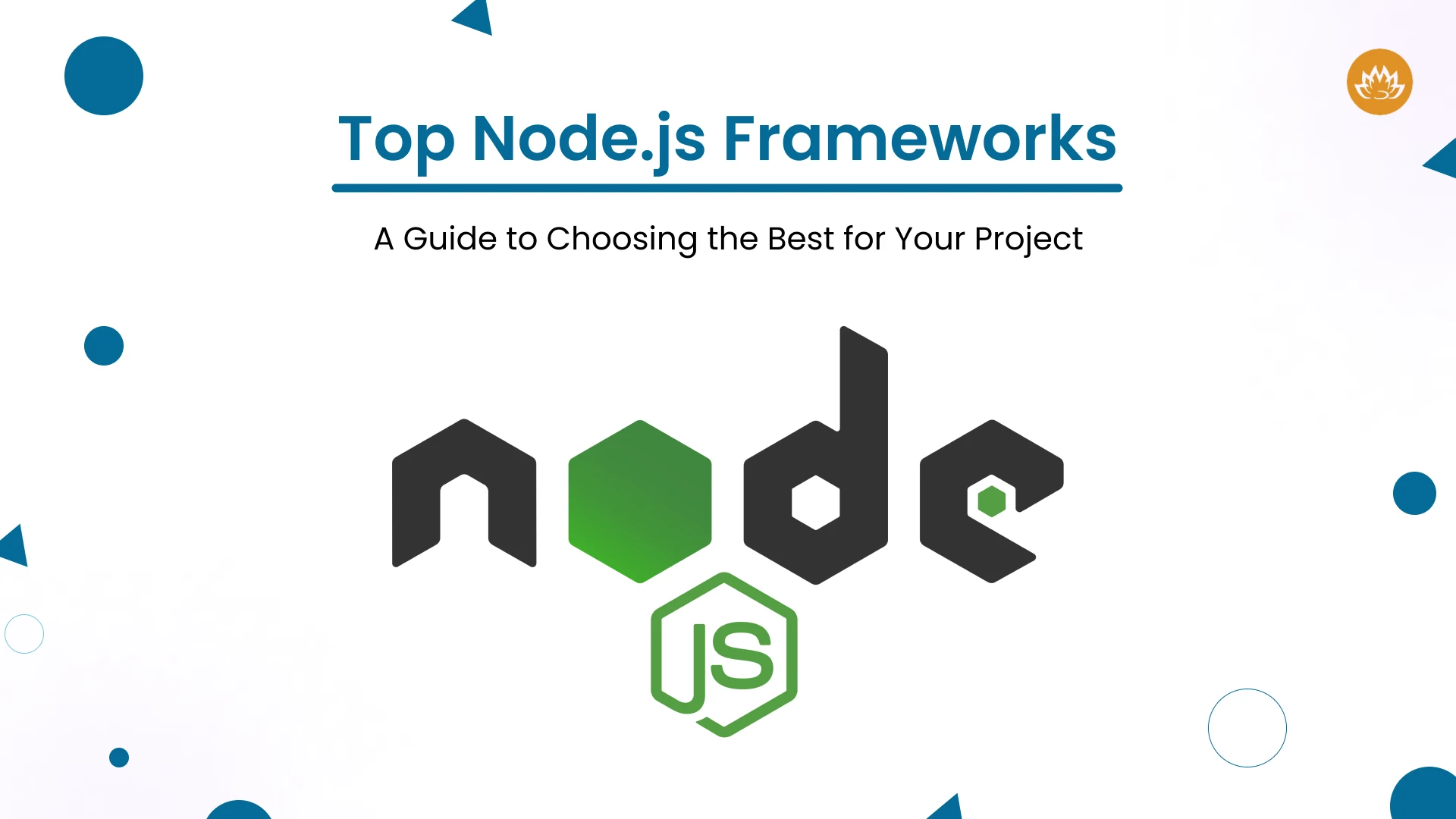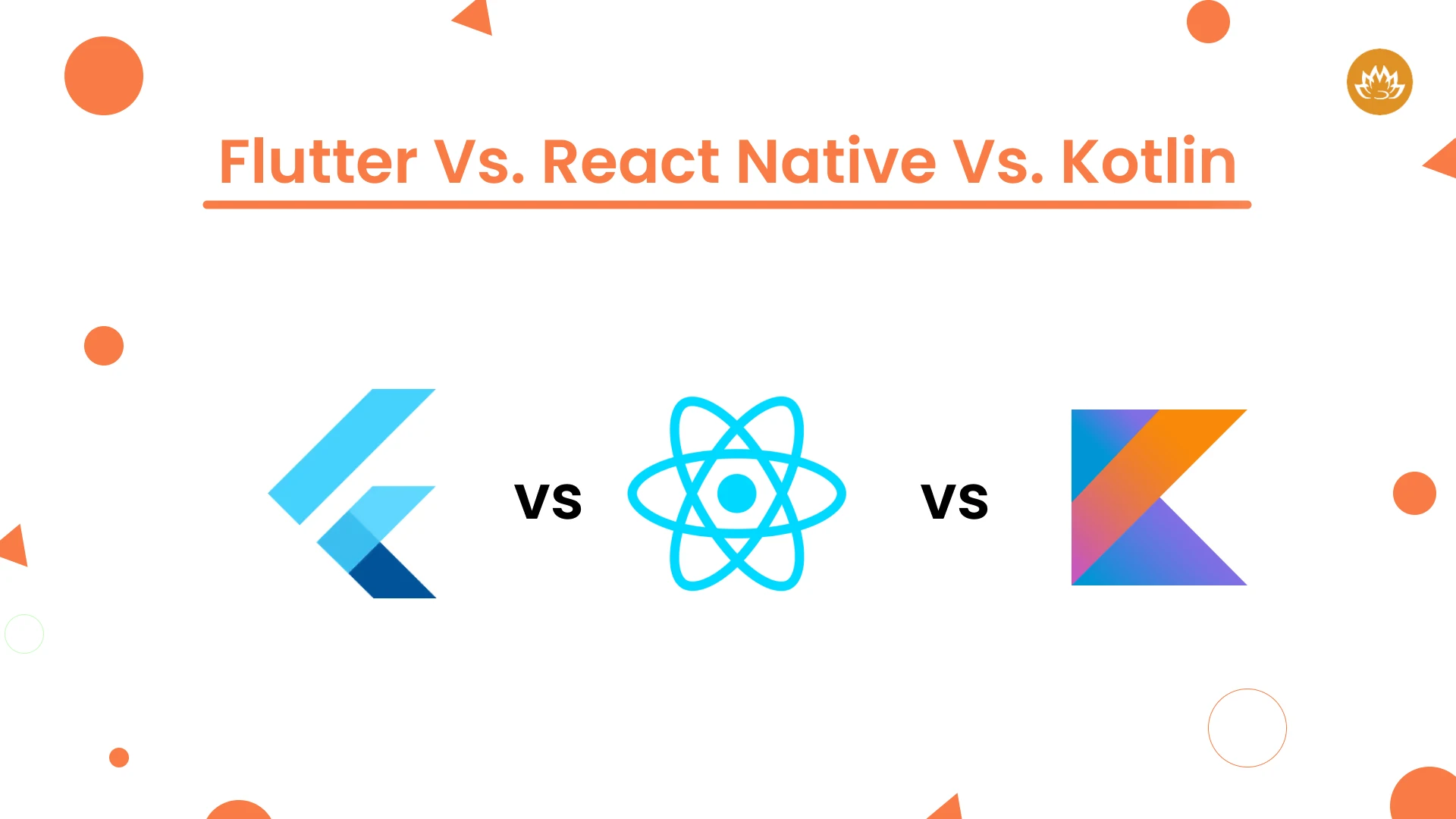Frontend development has taken on increasing importance in today’s digital environment as businesses strive to offer seamless user experiences across various devices. To accomplish this, developers rely on powerful frameworks like AngularJS, React JS and Vue JS. Each provides various features and benefits that enable developers to build dynamic and interactive web applications. In this article, we’ll take an in-depth look at each framework’s introduction, key features and advantages before selecting which frontend framework best satisfies these criteria.
All About AngularJS
Google developed AngularJS as an in-depth JavaScript framework that empowers developers to quickly build dynamic web apps using its Model View Controller architecture pattern, making it suitable for creating complex apps with several screens and multiple levels. Utilizing HTML as its template language while expanding upon it with dynamic functionalities for dynamic applications.
Key features and benefits of AngularJS
Angular JS provides developers with numerous features that make it a top choice, including:
– Two-Way Data Binding: AngularJS offers automatic two-way data binding that ensures changes made in one reflect automatically in both models and views, simplifying development while decreasing code requirements. This saves both time and resources when building applications with this framework.
– Dependency Injection: AngularJS makes dependency injection straightforward by seamlessly injecting dependencies into components for easier manageability and maintainability. Modular and testable code is thus promoted for improved maintainability.
– Directives: Angular JS provides developers with an impressive set of directives that enable them to extend HTML’s functionality. Directives also facilitate the creation of reusable components, making code more organized and readable.
– Testing Support: AngularJS offers built-in support for unit testing, making it easier for developers to write testable code and maintain application quality.
The benefits of using AngularJS include:
– Scalability: Angular JS was specifically created to handle large-scale apps, making it suitable for enterprise projects.
– Community support: AngularJS has an active community that offers resources and regular updates so developers have access to the latest tools and practices.
– Code Reuse: Angular JS promotes code reuse through components and services, helping developers save both time and effort while increasing developer efficiency.
All About React JS
Key features and benefits of React JS
React JS offers several key attributes that make it the ideal platform for frontend development, including:
– Virtual DOM: React JS utilizes a lightweight virtual DOM, providing efficient updates while improving performance by decreasing direct manipulations to the actual DOM. This approach facilitates updates more efficiently while decreasing direct manipulations to it directly.
– Component-based architecture: React JS follows a component-based architecture to reduce code reuse and facilitate development, making UI components easily reusable by code reusers and developers alike. This approach promotes code reusability while making development quicker and simpler for them both.
– JSX syntax: React JS makes use of the JSX syntax extension of JavaScript to define components’ structure and behaviour. Combining HTML with JavaScript syntax makes writing and understanding code simpler for developers alike.
– Unidirectional data flow: React JS follows a unidirectional data flow pattern, where data can only pass from parent components to child components in one direction – simplifying data management and decreasing bugs as a result.
The benefits of using React JS include:
– Performance: React JS stands out in performance thanks to its virtual DOM and efficient rendering process, producing responsive user experiences with minimal latency issues.
– Large community: React JS boasts an active community that contributes to its development and provides much-needed support, giving developers access to an expansive variety of resources and libraries.
– Reusability: React JS promotes code reuse through components, enabling developers to build applications faster with reduced code footprint.
All About Vue JS
– Lightweight: Vue JS’ light design allows it to be quickly downloaded and integrated seamlessly into projects with little overhead required for integration.
– Two-way data binding: Vue JS offers two-way data binding capabilities to simplify development and increase productivity, automatically updating changes made in either direction between model and view. This simplifies and expedites productivity.
– Component-based architecture: Vue JS follows a component-based architecture, enabling developers to easily create reusable user interface components and thus maximize code reusability and increase maintainability. This approach ensures code reuse while improving maintainability and user satisfaction.
– Reactivity: Vue JS’ reactivity system automatically tracks changes to data and updates the display accordingly.
Tabular Comparison
Comparison of AngularJS, React JS, and Vue JS
Choosing the appropriate framework requires careful thought. Here, we compare AngularJS, React JS and Vue JS on various considerations to assist your choice process.
a. Performance and Speed
Performance and speed considerations differ for all three frameworks; Google-created AngularJS stands out for its robustness in handling complex applications; however, its size can sometimes lead to slower performance compared to React JS and Vue JS.
React JS was developed by Facebook and is best known for its virtual Document Object Model technology that facilitates efficient rendering of components for faster performance and an enhanced user experience. Vue JS stands out due to its lightweight nature and optimized rendering algorithms, which makes it suitable for smaller apps requiring fast loading times.
b. Learning Curve and Community Support
The learning curve is also an integral factor to keep in mind, with AngularJS possessing a steeper learning curve due to its extensive feature set and complex concepts; however, its comprehensive documentation offers help and advice from its large developer community.
React JS offers an intuitive API, making learning it simpler for developers with basic JavaScript knowledge, in addition to having a strong community and ecosystem of libraries and tools that support it.
Vue JS, often referred to as the progressive framework, represents a compromise between Angular JS and React JS in terms of a learning curve and advanced features available to more experienced developers, with its small yet rapidly expanding community offering invaluable support.
c. Scalability and Flexibility
Angular JS’s modular architecture and powerful features excel at scaling, providing code reuse while improving maintainability, making it a sought-after choice among enterprise-level applications.
React JS, with its component-based architecture, also provides scalability; its modular approach allows easy integration into existing projects as well as building reusable components. Vue JS offers similar flexibility, enabling developers to scale applications as necessary.
d. Integration with Other Tools and Libraries
Integration between frontend frameworks tools and libraries is of utmost importance for their successful operation, which makes Angular JS an outstanding option as it boasts built-in support for various tools and libraries – with its dependency injection system offering pre-configured routing, form validation, and internationalization features out-of-the-box.
React JS, on the other hand, focuses solely on view layer rendering without providing native support for features like routing or state management. However, it can easily integrate with additional libraries or tools, like React Router for routing purposes and Redux for state management.
Vue JS, like React JS, is an open and lightweight framework that makes integration easy with various tools and libraries. It provides official routing and state management solutions as well as supporting popular libraries like Vuex and Vue Router.
e. Popularity and Industry Adoption
Popularity and industry adoption should both be key criteria when selecting a frontend framework. One such older framework, Angular JS, has attracted wide adoption by enterprises.
React JS, supported by Facebook, has quickly grown over time to be used by both startups and established enterprises alike. It boasts an active community as well as being equipped with an impressive variety of tools and libraries for user support.
Vue JS may still be relatively young compared to Angular JS and React JS; nevertheless, it has quickly seen significant popularity growth over recent months. Developers appreciate its ease and performance; many startups, as well as small to mid-sized enterprises, are adopting Vue JS projects for their own uses.
Factors To Consider When Choosing A Frontend Framework
When selecting a frontend framework, several key considerations should be kept in mind:
1. Project Requirements: Be mindful of any specific project requirements such as performance, scalability and complexity when setting forth.
2. Team Capabilities: Evaluate and organize your development team’s skill set by developing a framework that aligns with their expertise.
3. Community support: Look for frameworks with active and welcoming communities, as this ensures access to resources, documentation and assistance services.
4. Ecosystem and Libraries: Take note of available libraries, tools, or plugins that could enhance the development process while adding extra functionalities.
5. Long-Term Support and Updates: Ensure the framework you select offers reliable support with regular updates as well as long-term updates and long-term updates.
Final Thoughts
Author
-

Sunil is a result-orientated Chief Technology Officer with over a decade of deep technical experience delivering solutions to startups, entrepreneurs, and enterprises across the globe. Have led large-scale projects in mobile and web applications using technologies such as React Native, Flutter, Laravel, MEAN and MERN stack development.
View all posts












